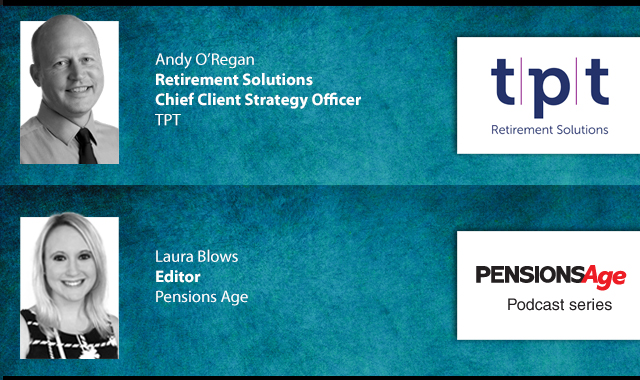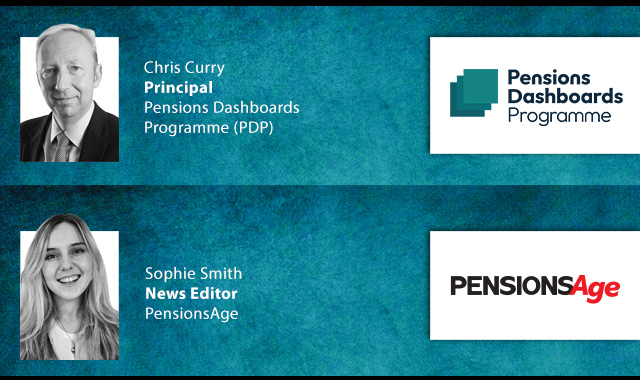Following its Pensions Administration Standards Association (Pasa) accreditation, the West Midlands Pension Fund (WMPF) has detailed its journey through the process, and its benefits and challenges.
Why did you decide to seek Pasa accreditation?
The fund places high importance on the quality of the pension administration service it provides to its key stakeholders, including employers, members, our pension committee and pension board. We already hold the Customer Service Excellence (CSE) award and Investor in People (IIP) accreditation.
With the expansion of The Pensions Regulator’s (TPR) role to include standards of governance and administration for local government, the fund was keen to demonstrate it has effective processes and controls within its administration service. We decided to apply for Pasa Accreditation by undertaking the independent assessment of our service on joining Pasa as a corporate member.
In order to attain accreditation, the fund’s administration was audited against the Pasa standards, which are specific and relevant to pensions, with a focus on service improvement for members. Achieving the accreditation demonstrates our level of service is in line with best practice in pensions administration services across the private and public sector.
How would you describe the main elements of the accreditation process?
The fund was already well positioned in respect of a number of key elements of the standards. In particular customer care, gathering and actioning feedback, and our people management and development because of our existing accreditations with CSE and IIP.
The first step we took was to establish a project team, which had representation across all the teams the standards touched. As a group, we then undertook a gap analysis across all 11 elements of the accreditation, reviewing the standards against our own processes and procedures. This enabled us to identify where we met the standards, but also areas where we were not completely aligned.
How much internal resource was required?
The project team consisted of six individuals including a senior manager leading the project and overseeing the work.
How long did the process take?
Overall the process took circa six months (not including a hiatus for the initial lockdown).
What were the main challenges during the process?
Undertaking the process gave us assurance on our procedures and processes, and confirmed we were following best practice. It also gave us an opportunity to challenge how we currently work, and identify areas we could enhance further. For example; ensuring we had a log of the documented review process for our processing manuals.
What would you say are the main benefits to having Pasa Accreditation?
For the fund, this accreditation demonstrates the service we provide is best practice and we have effective procedures and processes in place.
Successfully completing the accreditation demonstrates our commitment to delivering excellent customer service and a gold-standard level of administration to all our stakeholders. We firmly believe this strengthens our position to effectively deliver the service in the ever-changing environment of pension administration.
How have your clients responded to your accreditation?
Our pension committee and pension board are delighted to have our fund’s pension administration externally validated. It provides further assurance in the service we provide.
Why you would recommend other firms seek Pasa accreditation?
Achieving Pasa accreditation provides external validation and assurance to stakeholders that administration practices are of the highest standard – something being championed by TPR. Pasa accreditation is dependable evidence of your administration capabilities and demonstrates to both your members and stakeholders that administration is considered of utmost importance within the scheme and is being actively considered by the trustee board.
Latest News
-
UK pension savers choose stability over high returns
-
Bell reiterates govt commitment to state pension triple lock for full parliament term
-
NI LGPS remains in good health; consideration needed on surplus guidance
-
WH Smith Group receives £75m cash refund following DB scheme buyout
-
TPO upholds complaint against employer for failure to pay outstanding pension contributions
-
Schroders and Cornell University publish framework on climate risk
Being retirement ready
Gavin Lewis, Head of UK and Ireland Institutional at BlackRock, talks to Francesca Fabrizi about the BlackRock 2024 UK Read on Retirement report, 'Ready or not. How are we feeling about retirement?’
Time for CDI
Laura Blows speaks to AXA Investment Managers (AXA IM) senior portfolio manager for fixed income, Rob Price, about cashflow-driven investing (CDI) in Pensions Age’s latest video interview
The role of CDC

In the latest Pensions Age podcast, Laura Blows speaks to TPT Retirement Solutions Chief Client Strategy Officer, Andy O’Regan, about the role of collective DC (CDC) within the UK pensions space
Keeping on track

In the latest Pensions Age podcast, Sophie Smith talks to Pensions Dashboards Programme (PDP) principal, Chris Curry, about the latest pensions dashboards developments, and the work still needed to stay on track
© 2019 Perspective Publishing Privacy & Cookies















Recent Stories